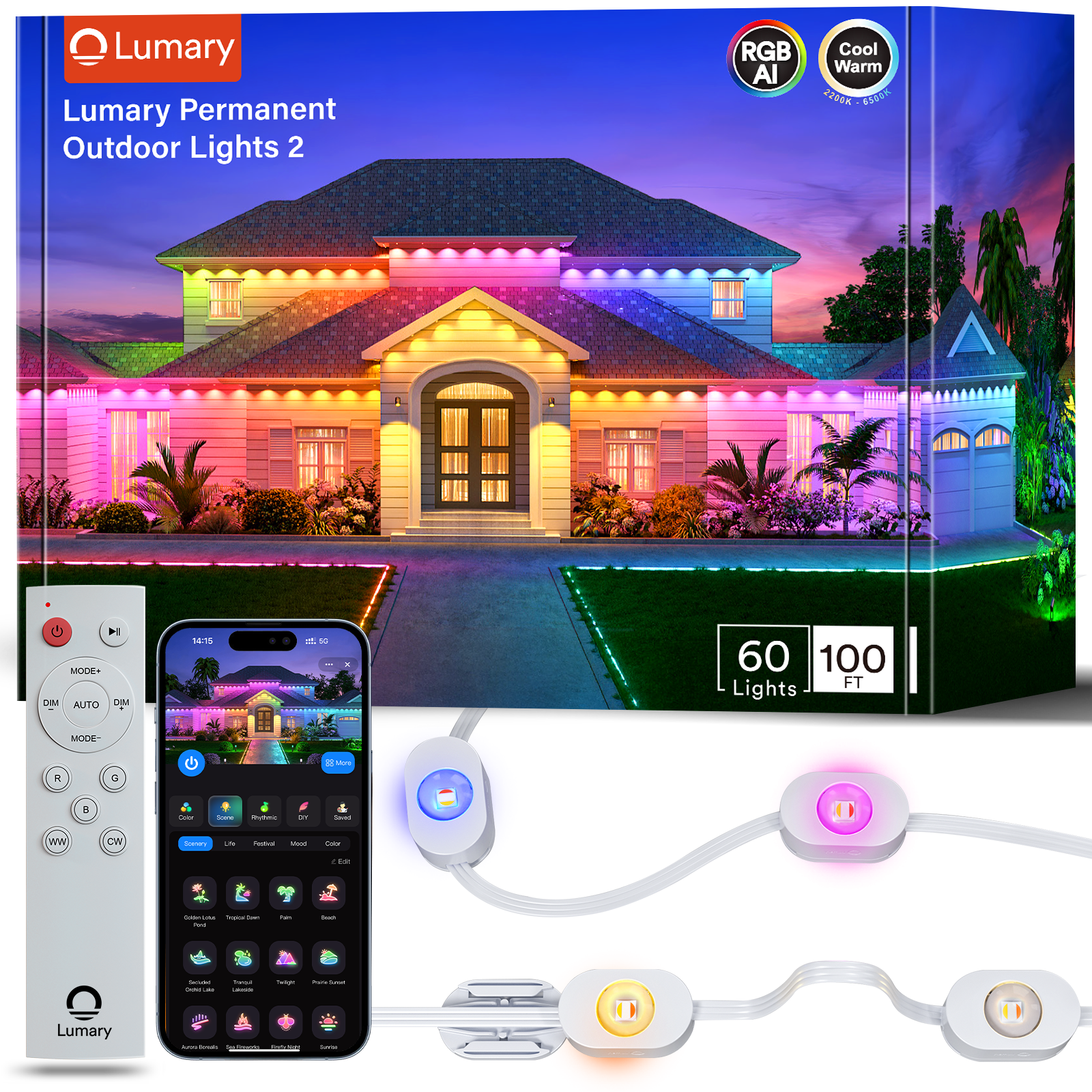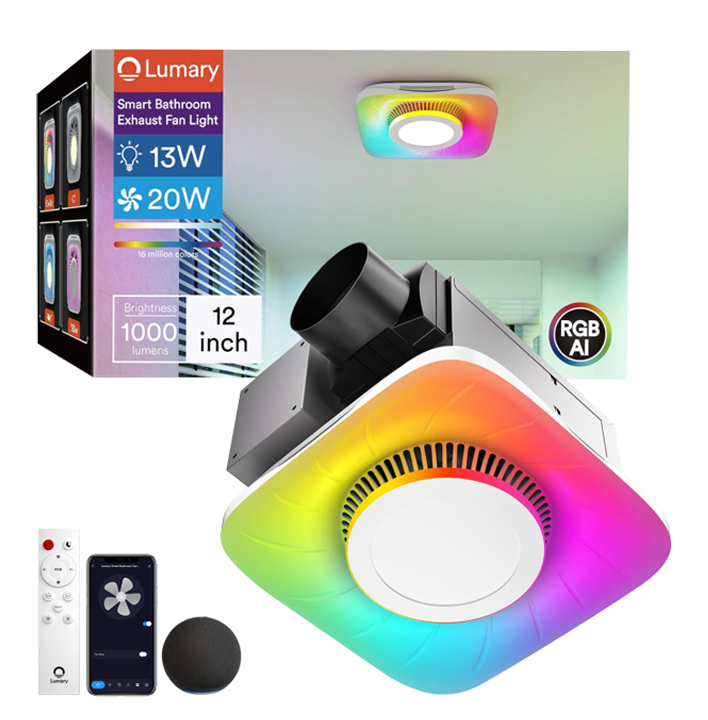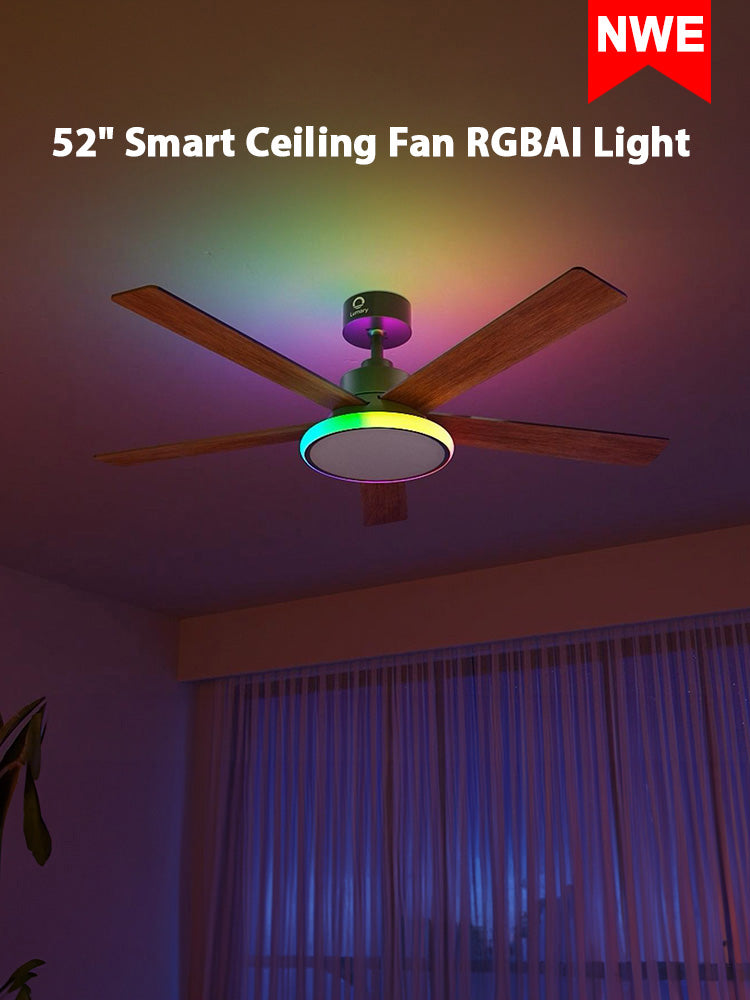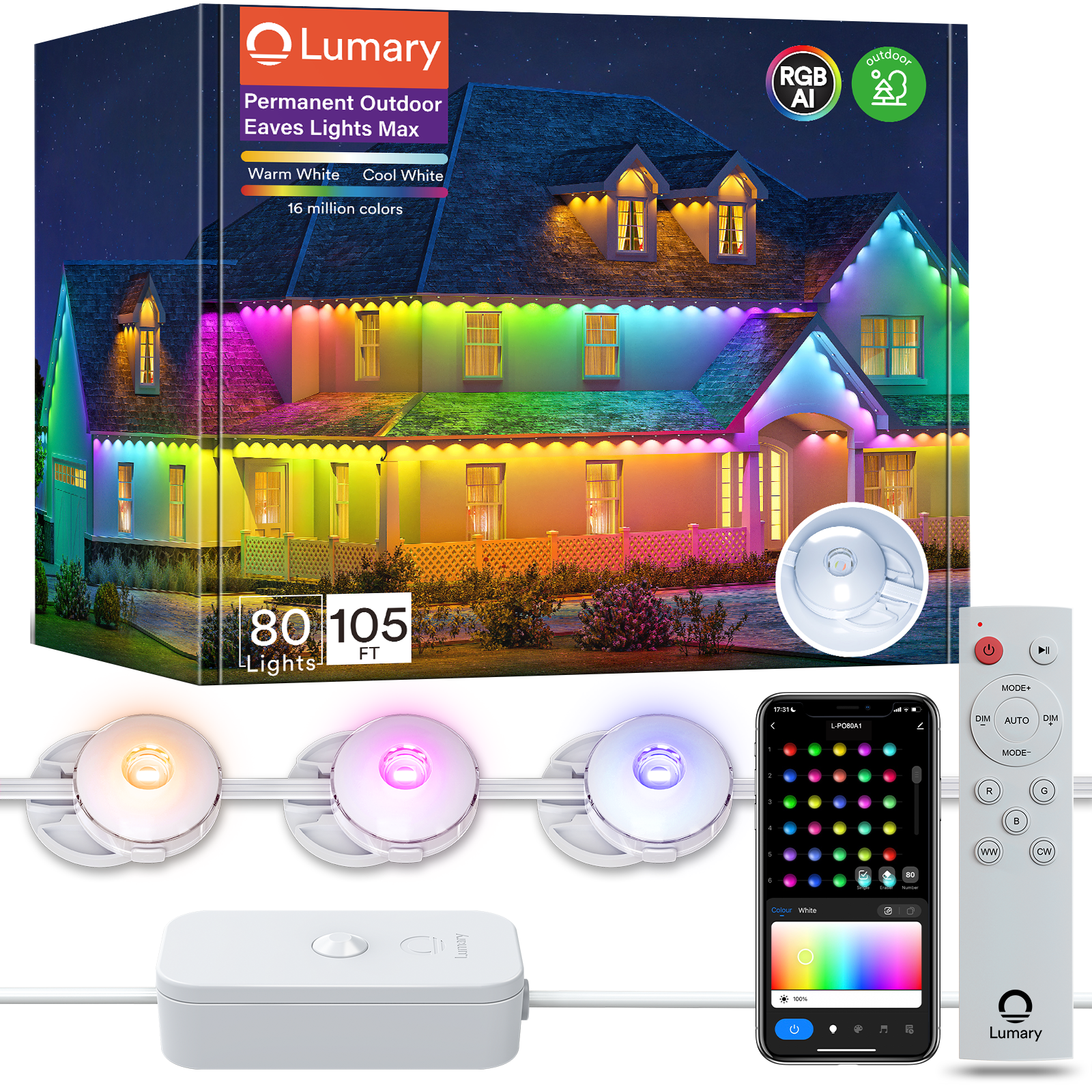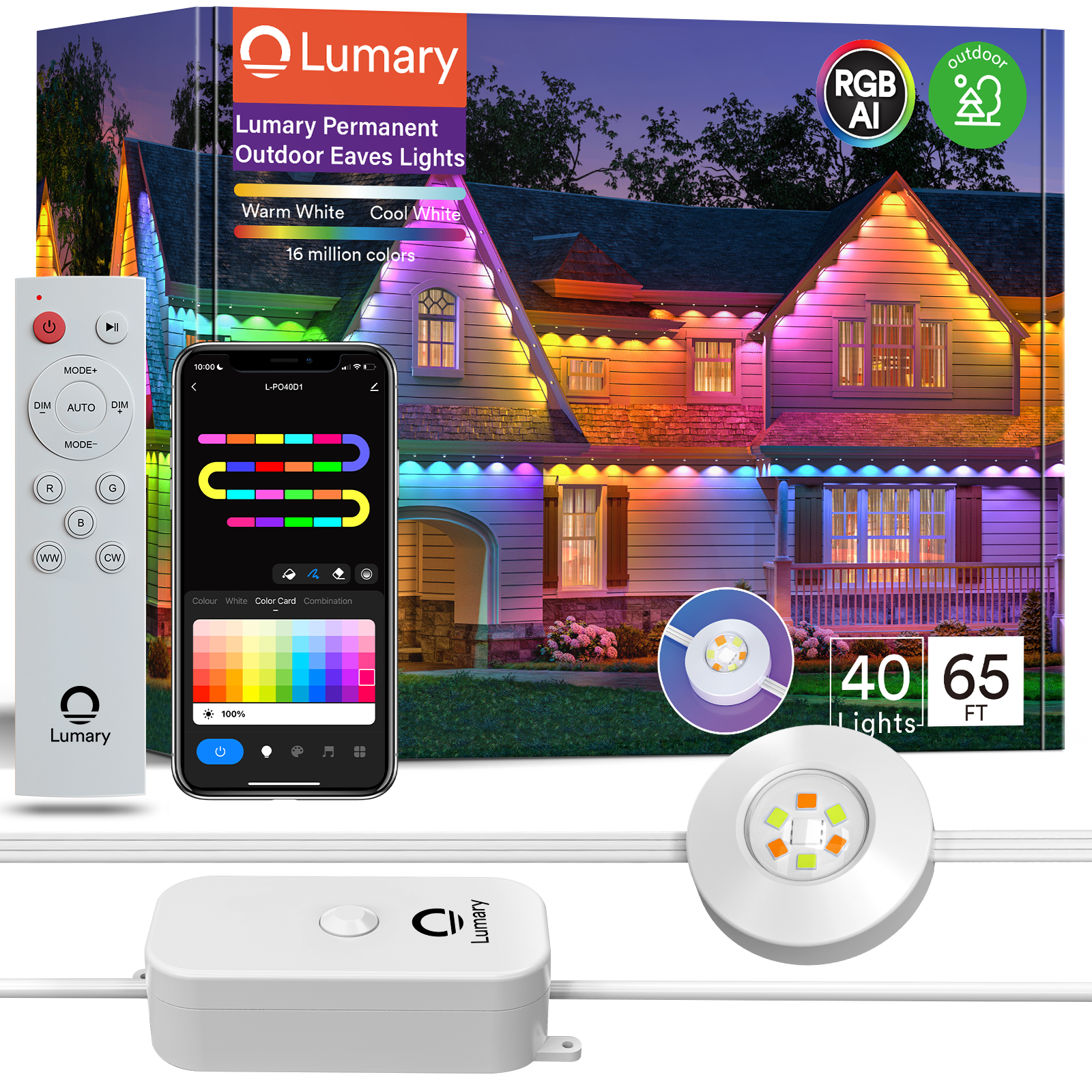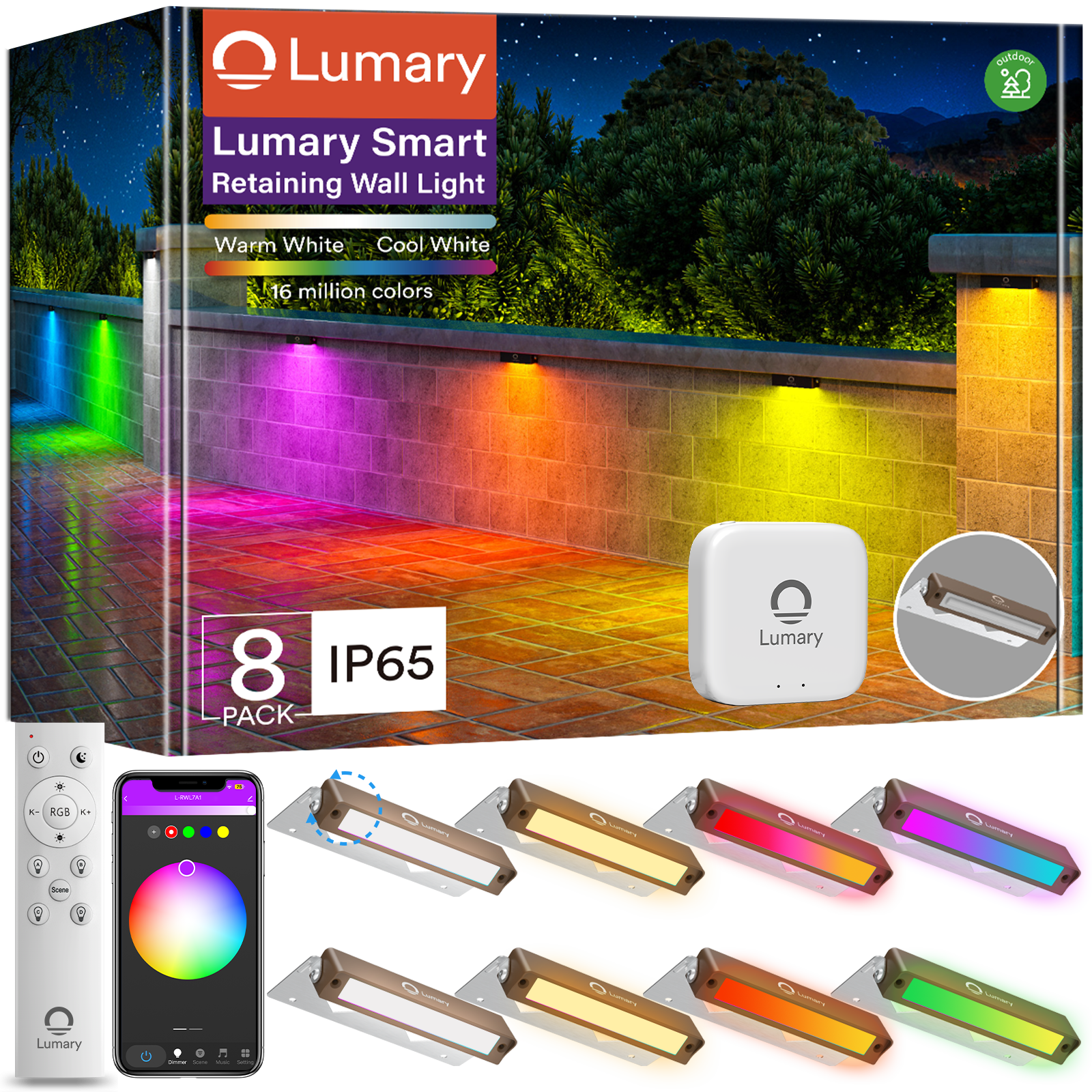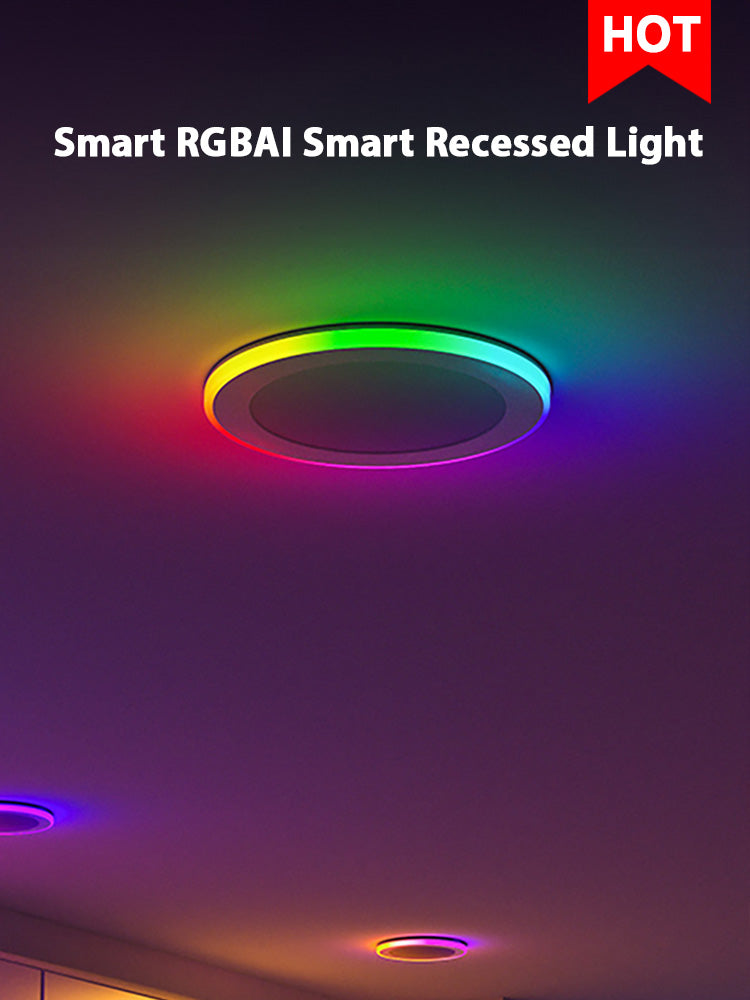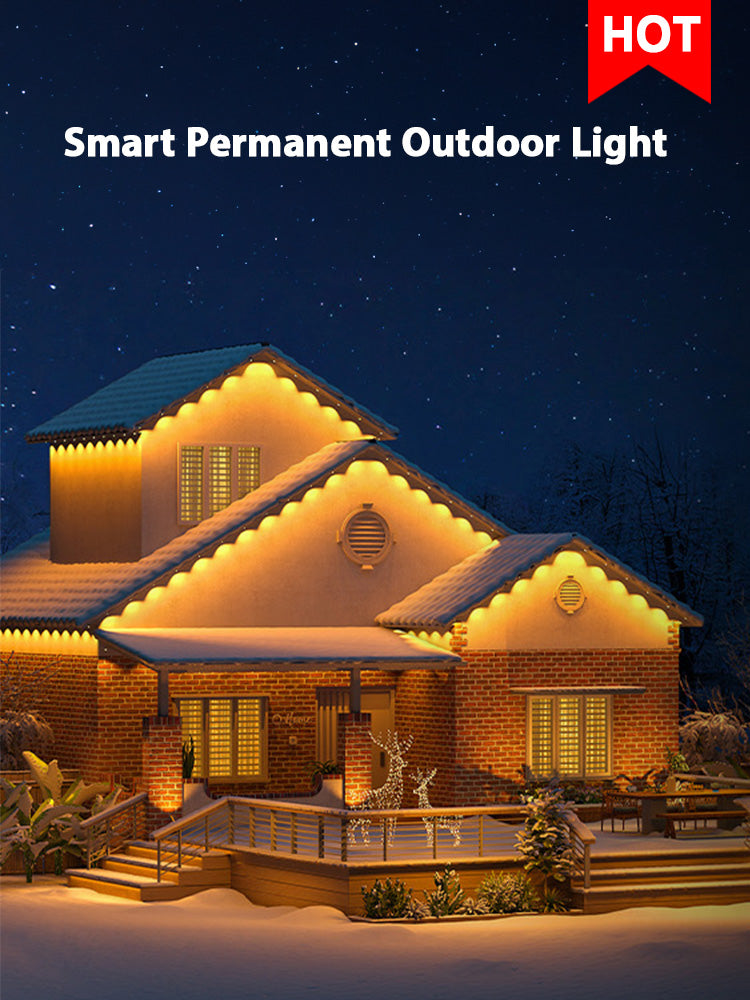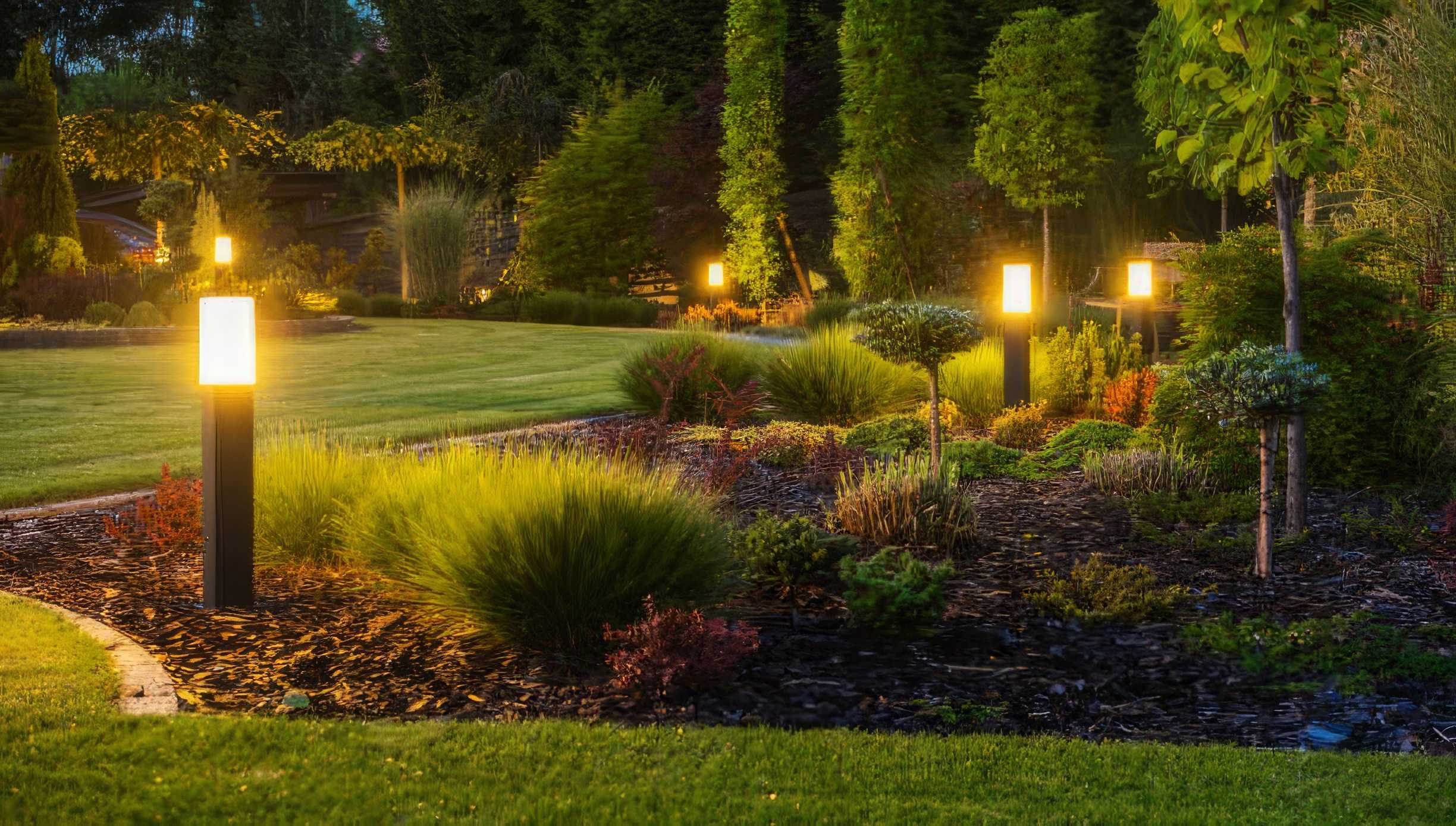Introduction
Landscape lighting can add immense value and beauty to outdoor spaces around your home. Proper lighting illuminates paths to enhance safety, highlights architectural features and plants to create dramatic effects, and enables you to enjoy garden spaces long after the sun goes down.
But simply installing some lights haphazardly around your yard will not provide these benefits. Thoughtful placement guided by a lighting plan is key. This article covers the optimal locations to install different types of landscape lights to maximize usage, ambiance, and visual appeal.
Using Landscape Lighting to Boost Your Home's Curb Appeal and Safety
An invitingly lit entryway and front exterior should be the top priority when designing your smart landscape lighting. This high- visibility area creates that all- important first impression for visitors. Strategic lighting also prevents accidents on steps, path routes, and driveways in the dark.Types of lights to use for maximizing curb appeal and safety:

Path Lights
Guide visitors safely to your front door by mfarking the entry route with low-voltage smart path lights. Opt for narrow beam angles to concentrate the glow on the walkway. Place small lights embedded into the ground consistently every 5- 7 feet to avoid dark patches. Ensure fixtures can withstand being stepped on by using durable metal or plastic housings.
Step Lights
Prevent slips and trips on exterior steps and short staircases by installing step lights. Position mini fixtures within risers so the beam illuminates each tread. For railings, add uplighting at the posts or use graze lighting to showcase decorative designs. Hardwired and solar options available enable virtually any application.
Spotlights and Floodlights
Strategically aim adjustable spotlights or wide-coverage floodlights at architectural focal points around front doors, garages, porches, and patios. Carefully grazed lighting emphasizes surface textures, materials, and designs. Accentuate hanging fixtures, wall lanterns, house numbers, and other exterior details.
Uplights
Sconces with upward-facing bulbs placed near the base of trees create a soft, uplighting glow. The light filters through the canopy, leaves, and branches for a magical effect. Position uplights around the perimeter to graze tree trunks and amplify dimension.

Showcasing the Best Features of Your Garden with Landscape Lighting
Strategically positioning landscape lighting to highlight the best aspects of your vegetation will make plantings pop after dusk. Carefully aiming bulbs to graze branches and trunks creates dramatic textures. Floodlights amplify vibrant flower colors that would otherwise get drowned out in the darkness. And silhouetting provides depth.
Types of landscape lights to try for trees, shrubs, and gardens:
Uplighting
Place low-voltage LED or halogen uplights emitting narrow beams near the base of specimen trees and shrubs. Angling the bulbs to graze upwards emphasizes interesting bark, height, branching patterns, and overall grandeur, especially for older growth. Uplights work well on focal point plantings with ornamental foliage too.
Flood Lights
Bathing vibrant flower beds and mixed borders with flood lights ensures colors don't get washed out when the sun sets. Garden flood lights mounted on short stakes above eye level and trained down on flowers enable visitors to enjoy the fruits of their gardening labor into the evening. Concentrate beams only on the most visually striking areas to conserve energy.
Silhouetting
Creating shadow outlines of trees and shrubs with backlighting provides stark contrast and amplified dimension. This technique involves positioning uplights behind the planting aimed back towards the viewer. The tree or shrub itself blocks the light, rendering it into silhouette. Place extra lights low on the ground for full effects.

Creating an Inviting Outdoor Oasis After Dark with Landscape Lighting
Outdoor kitchens, pergolas, patios, and decks get transformed into comfortably lit entertainment spaces long after sunset with the right ambiance and lighting. Strategic fixtures make outdoor living just as enjoyable at night as during the day.
Types of landscape lights to try for cozy, charming effects:
String Lights
Channels of festoon or Edison- style bulbs suspended above seating areas create a warm glow perfect for dining, conversing, and relaxing. Opt for shatter- resistant plastic or LED string lights rated for outdoor use. Hang them from overhead beams, rafters, tree branches, or hooks secured into walls, depending on the architecture.
Post Lights
Define the boundaries of patio and deck spaces with 2-3 foot tall post lights situated around the perimeter. This provides a soft glow throughout without glare that interferes with activities happening underneath. Position them every 6-8 feet for ample spread. Solar options with built-in batteries simplify installation.
Step Lights
For exterior spaces involving changes in elevation, small step lights recessed into risers improve visibility and prevent slips or falls. Handrails and posts similarly benefit from discreet but strategic uplighting or grazing to accentuate architectural aspects while enhancing safety.
The right lighting transforms simple horizontal surfaces into appealing, usable outdoor living areas after dark. Mix up fixture styles depending on the mood you want to achieve. Just ensure ample illumination for safe navigation.
Illuminating Paths and Walkways to Enable Nighttime Navigation
Carefully designed lighting along outdoor pathways makes landscapes safely navigable and more visually interesting after dark. Strategic placements provide wayfinding, prevent liability issues, and add ambiance.
Effective techniques for path illuminations include:
Bollard Lights
Mark lengthy pathways and illuminate potential hazards with consistent bollard light every 5-6 feet. The short pillar-like fixtures emit illumination from the top. Opt for narrow beam spreads. Bollards work well along stepped routes also.
Solar Spotlights
Self-contained solar spotlights installed at intervals along winding paths generate a soft glow that punctuates the route for wayfinding. Positioned mid-way on curving borders, the small spotlights automatically turn on at night, and no wiring is required.
Step Lights
For elevated patios, backyard decks, and porches, install miniature step lights. Recessed into the vertical rise of each step, the LED bulbs shine straight down to prevent trips and falls. Step lights enhance safety and charm.
Post Lights
Increase visibility and reinforce the path's direction at junction points by mounting post lights on short poles. The light spread from lamp heads enables better decision-making at turns to boost navigation.
Showcase Architectural Elements with Uplighting and Silhouetting
Strategically positioned uplighting transforms buildings, structures, and plants into dramatic landscape features after dark. Light fixtures placed near the base aim up, grazing textures and designs. Silhouetting creates a bold contrast.Uplight these landscape features:
Selecting Adaptable and Robust Lighting Fixtures
When curating your outdoor space, it's essential to choose landscape lighting fixtures that not only complement your aesthetic vision but are also adaptable and resilient enough to withstand the elements. Here's how you can navigate the vast selection available:
Investing in versatile and durable lighting fixtures not only enhances the functionality and safety of your outdoor spaces but also plays a significant role in extending your living areas aesthetically into the outdoors. With considerations ranging from the intended use and proper placement to exposure to the elements and alignment with your home's aesthetics, the right fixtures will create an inviting ambiance that complements your lifestyle and showcases your outdoor haven at its best.
Conclusion
The strategic placement principles covered in this article illustrate how even basic landscape lighting techniques can drastically enhance the ambiance, functionality, and visual appeal of your home's exterior spaces. Thoughtfully positioning different fixtures near key architectural features, living areas, and paths unlock immense potential.
However, adequate planning is a prerequisite to effective placement. Factoring your home's existing layout, high-value elements worth highlighting, problem spots needing illumination, and other landscape goals will ensure lighting works holistically across your entire yard.

